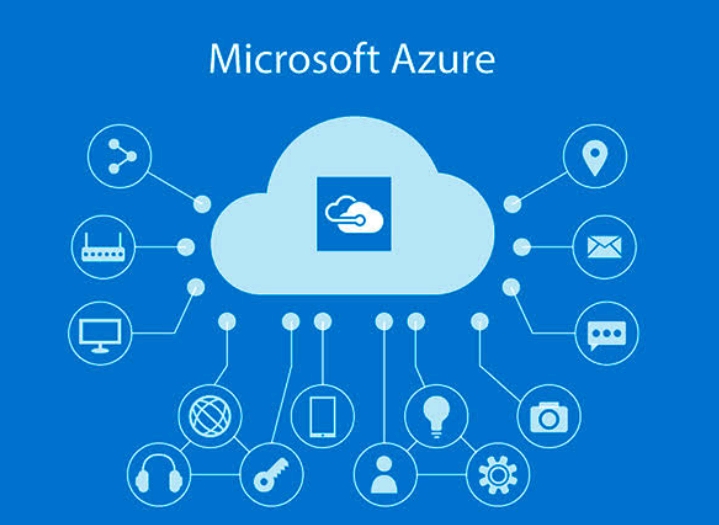Let's Talk Cloud: Creating and Managing Governance in Azure
 Samuel Happiness
Samuel Happiness
Hey there, cloud enthusiasts! Welcome back to our "Let's Talk Cloud" series. Today, we're tackling something that might sound a bit dry but is absolutely crucial for any organization using Azure: governance.
Now, I know what you're thinking. "Governance? That sounds... bureaucratic." But stick with me! Good governance is what separates a well-managed cloud environment from a chaotic one that keeps your IT team up at night.
What is Azure Governance Anyway?
Think of governance as the guardrails that keep your Azure environment on the right path. It's about establishing rules, ensuring compliance, and creating consistency across your cloud resources. Without it, you might end up with a wild west situation where everyone's doing their own thing—and trust me, that leads to security risks, cost overruns, and major headaches.
Azure Policies: Your Cloud's Rule Book
Azure Policies are like the house rules for your cloud environment. They help you enforce standards, assess compliance, and protect your resources. The best part? Once you set them up, they work automatically to keep everything in line.
Why Policies Matter
Let me give you a real-world example. Imagine you work for a company that handles sensitive customer data. Regulations require that this data never leaves your country's borders. Without proper governance, a well-meaning developer might spin up a storage account in a different region, inadvertently violating compliance requirements.
With Azure Policies, you can simply create a rule that says, "All storage accounts must be created in Region X." If someone tries to create one elsewhere, Azure will either warn them or flat-out deny the request, depending on how you've configured the policy.
Policy Initiatives: Bundling Policies for Simplicity
Managing dozens of individual policies can get unwieldy. That's where Policy Initiatives (formerly known as Policy Sets) come in. These are collections of policies that you can assign as a group.
For example, you might create a "Security Baseline" initiative that includes policies for encryption requirements, network security settings, and audit logging configurations. Then, you can apply this entire set to your subscriptions with just a few clicks.
Resource Locks: The "Don't Touch" Sign
Have you ever had that moment of panic when someone accidentally deletes a critical resource? Resource locks are designed to prevent those heart-stopping moments.
There are two types of locks in Azure:
- ReadOnly: Users can read but not modify resources
- CanNotDelete: Users can read and modify but not delete resources
These locks can be applied at the subscription, resource group, or individual resource level. They're particularly useful for protecting your production environments from accidental changes.
Tags: Bringing Order to the Chaos
Now, let's talk about one of my favorite governance tools: tags. Tags are simple key-value pairs that you attach to resources, but they're incredibly powerful for organizing and managing your cloud environment.
Why Tagging Matters
Imagine trying to figure out which department should be billed for which resources when you have hundreds of VMs, storage accounts, and other services running. Without tags, it's nearly impossible.
With a consistent tagging strategy, you can:
- Track costs by department, project, or environment
- Identify which resources belong to which applications
- Determine which resources are critical vs. non-critical
- Automate operations based on tags (like scheduling VM shutdowns for non-production environments)
Building a Tagging Strategy
A good tagging strategy starts with asking the right questions:
- Who is responsible for this resource?
- Which application or service does it support?
- What environment is it part of (dev, test, prod)?
- What's the cost center or department?
- Is this resource temporary or permanent?
Once you've answered these questions, you can establish a consistent naming convention for your tags. For example:
- Department: Marketing, Finance, IT
- Environment: Production, Development, Testing
- CostCenter: 12345, 67890
- Project: Website-Redesign, CRM-Migration
And here's a pro tip: use Azure Policy to enforce your tagging strategy! You can create policies that require specific tags on all resources or certain types of resources.
Starting Your Governance Journey
Establishing good governance might seem overwhelming at first, but you don't have to do everything at once. Start small:
1. Define a basic tagging strategy and begin applying it to new resources
2. Create a few critical policies (like restricting regions or requiring encryption)
3. Apply resource locks to your most important production resources
As you grow more comfortable, you can expand your governance framework to include more sophisticated policies and management practices.
Until next time, keep your cloud organized and your governance strong!
Subscribe to my newsletter
Read articles from Samuel Happiness directly inside your inbox. Subscribe to the newsletter, and don't miss out.
Written by

Samuel Happiness
Samuel Happiness
I'm a passionate and innovative software developer, I thrive on crafting elegant solutions that drive real-world impact. With a strong foundation in hands-on experience in mobile and web development, I am adept at turning complex problems into user-friendly applications.